Supporting the Inclusion of Students with Disabilities in Physical Education: Dismantling the Ableist Discourse
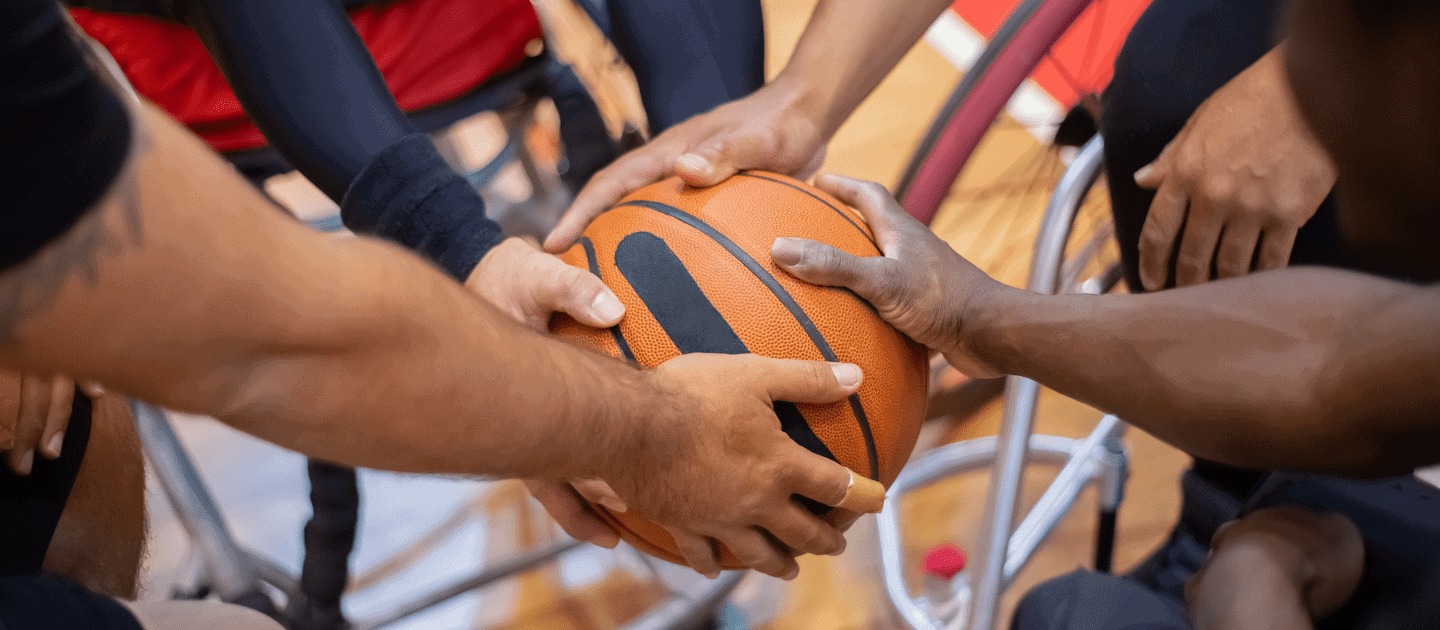
Students with disabilities continue to be excluded from meaningful participation in physical education.
How Principals Positively Affect the Schooling of Students with Autism Spectrum Conditions: A Swedish Approach
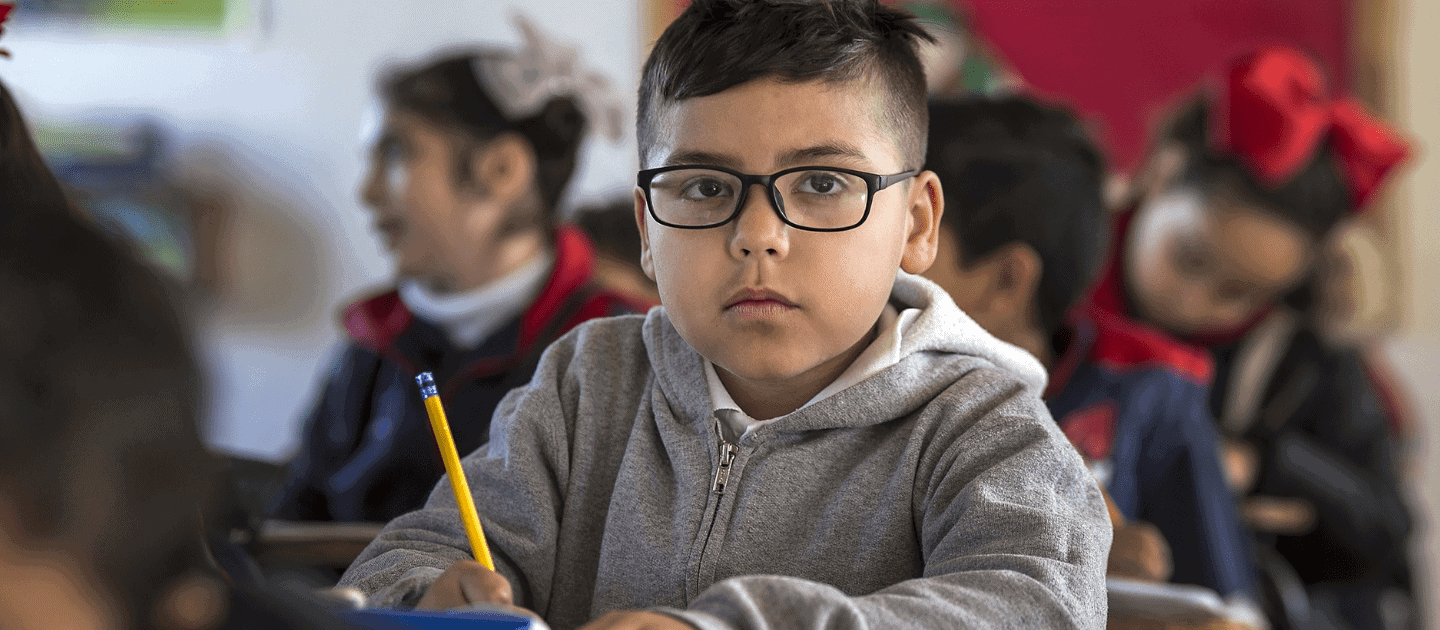
Leaders should know how inclusion is practiced in their setting and how students’ voices are heard to inform inclusive practices and personalize learning.
Teacher Responses to School Violence Against Students with Disabilities in Zambia
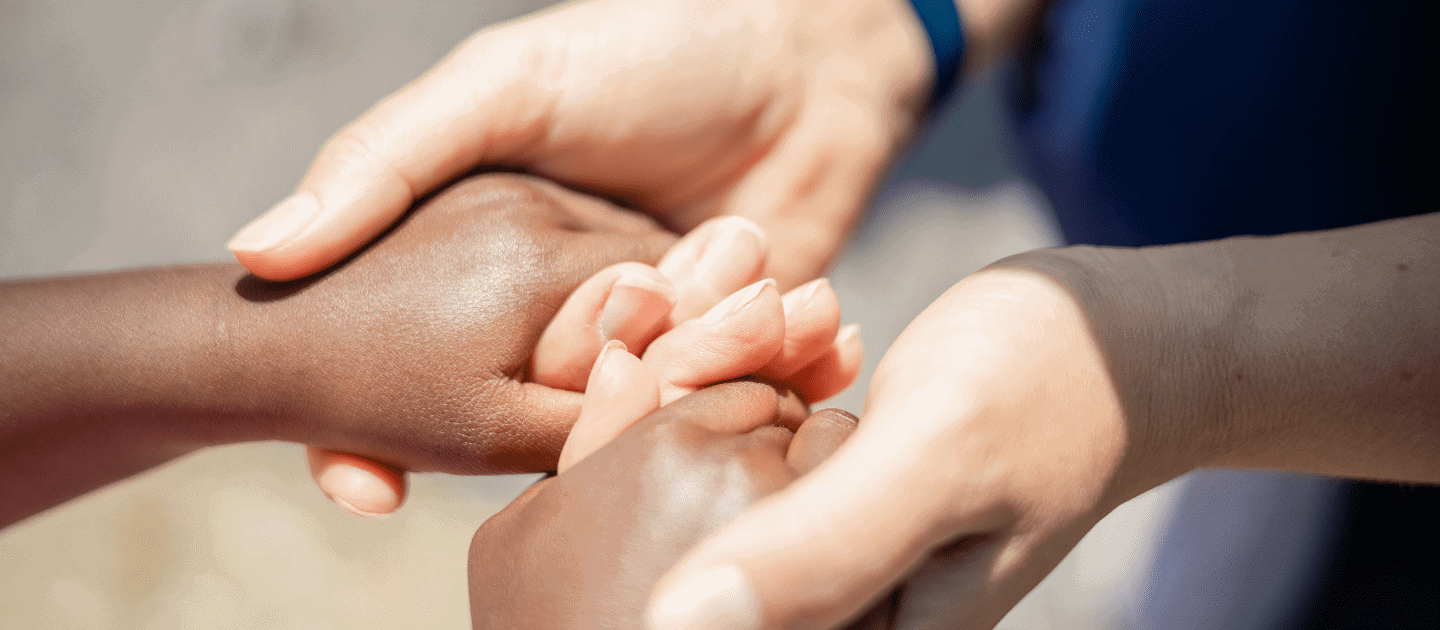
School-based violence towards students with disabilities in Zambia is perpetuated by fellow students and teachers.
Improving Math Achievement for Students Who Are Deaf or Hard of Hearing
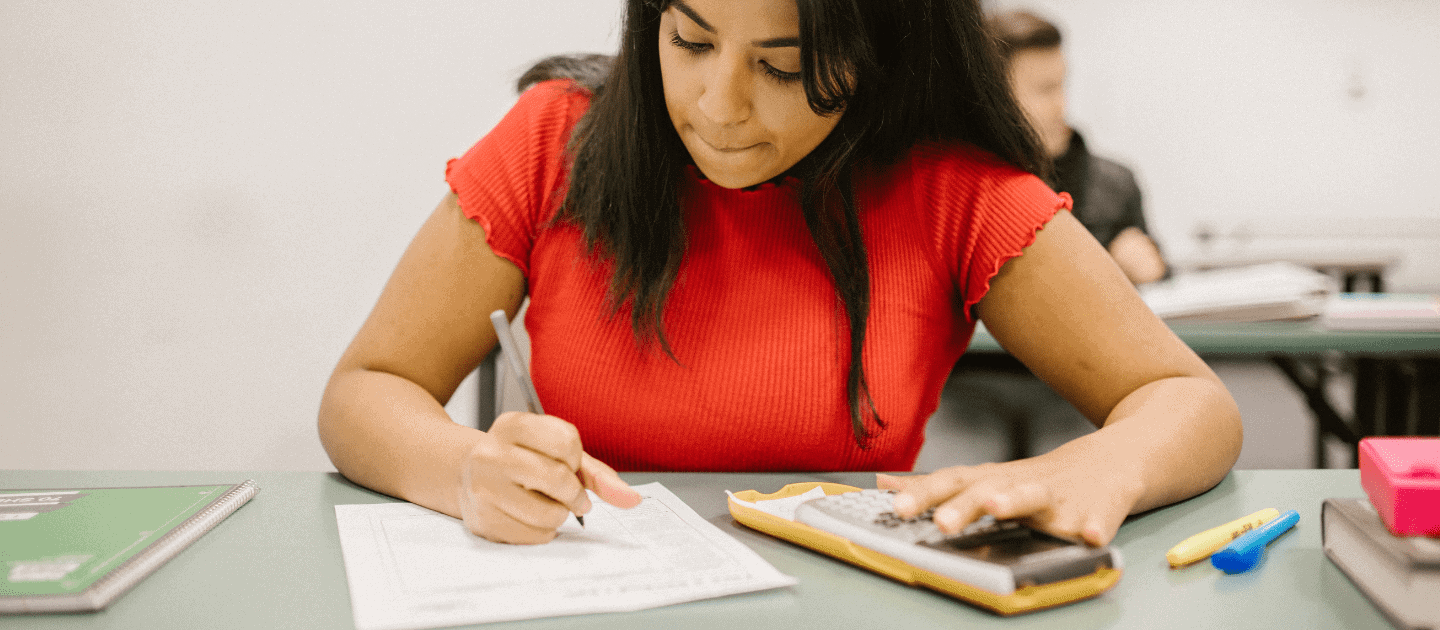
Studies show that mathematical performance in d/Dhh students depends more on general cognitive abilities than on specific numerical abilities.
Data Review: Do Special Education Services Improve Academic Outcomes Overall?
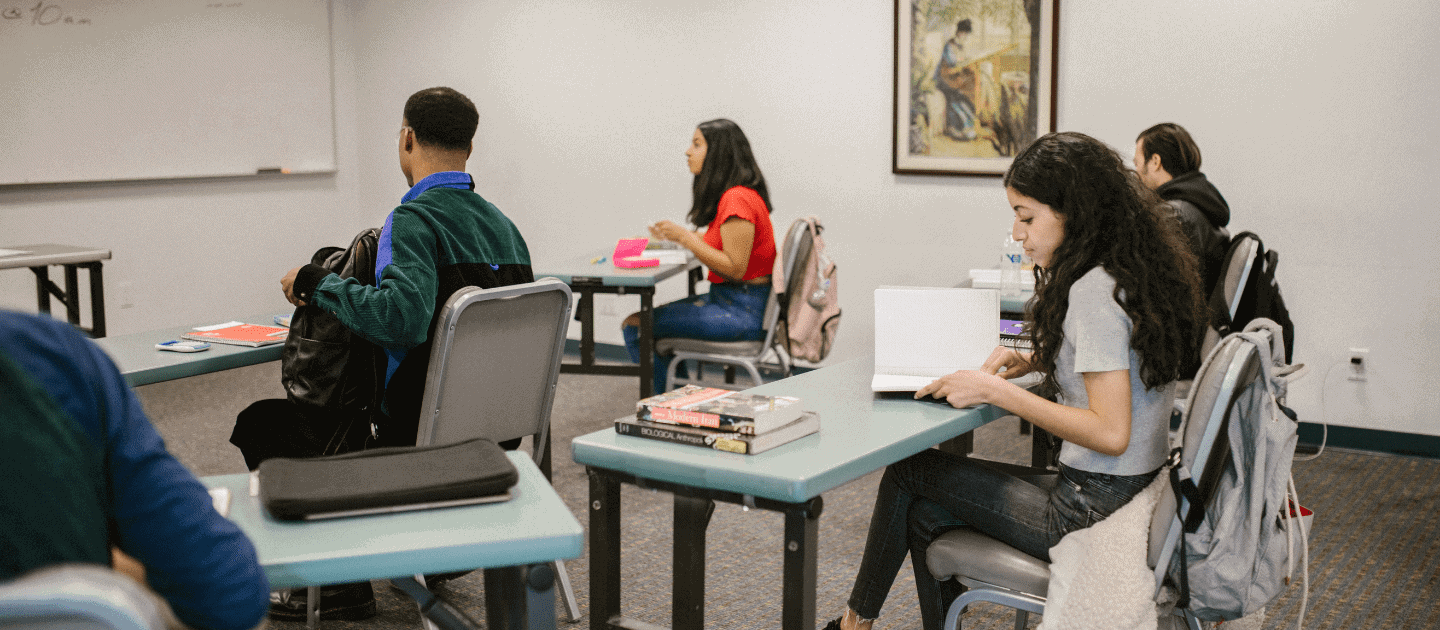
Despite decades of growth in the identification of special educational needs and provision of services, academic performance in students with learning disabilities remains lower than their neurotypical peers.
Building Effective Family-Professional Partnerships Begins in the University Classroom
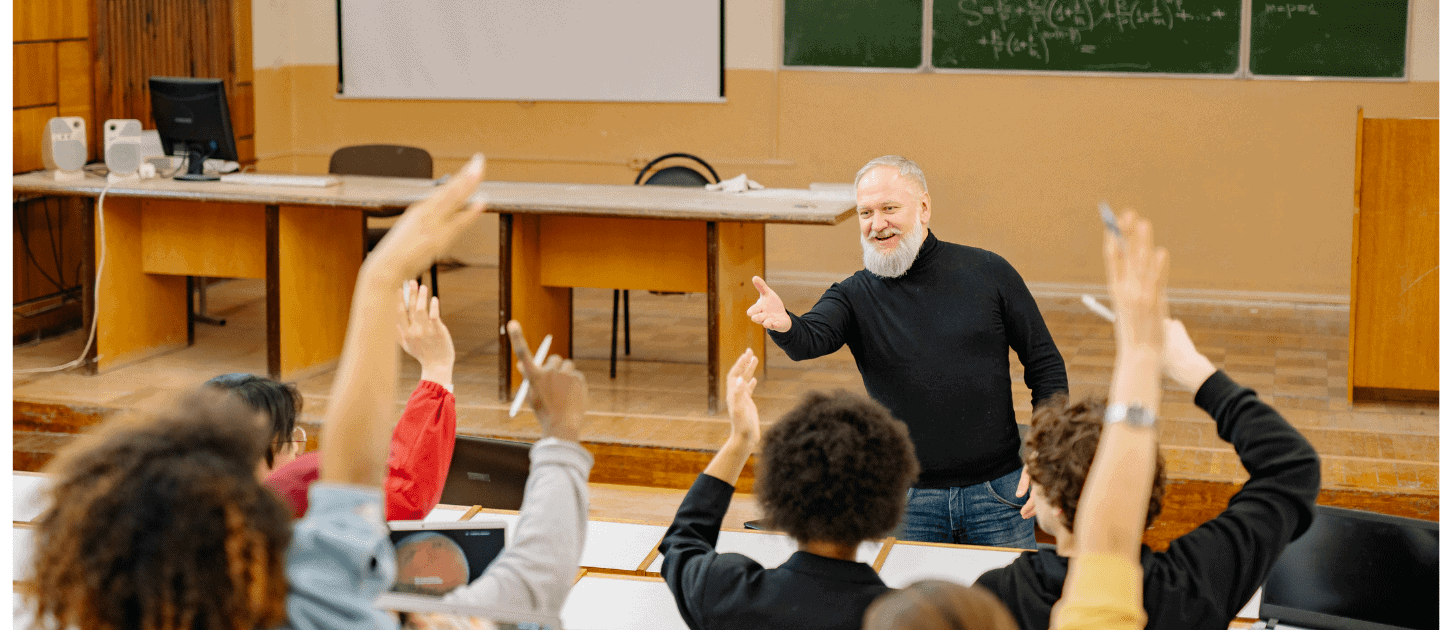
Family-Professional Partnerships (FPPs) are a crucial part of empowering a child to reach their full potential. To leverage this trusting relationship, universities should consistently address building FPPs in coursework.
Teacher Self-Efficacy: A Key Factor in the Success of Inclusive Education
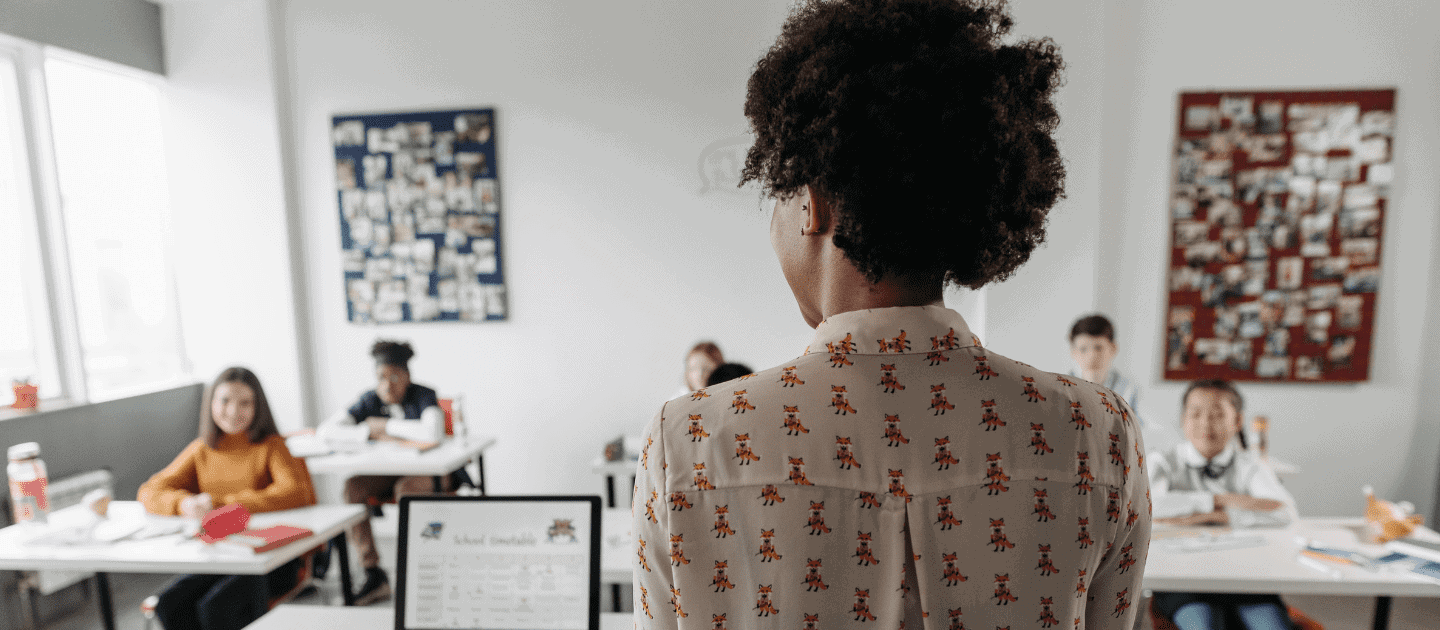
While equal rights of participation of children with disabilities in education is uncontested from an ideological standpoint, the degree to which it succeeds in any context is highly dependent on a number of factors.
Research-Based Game Design for Serious Games
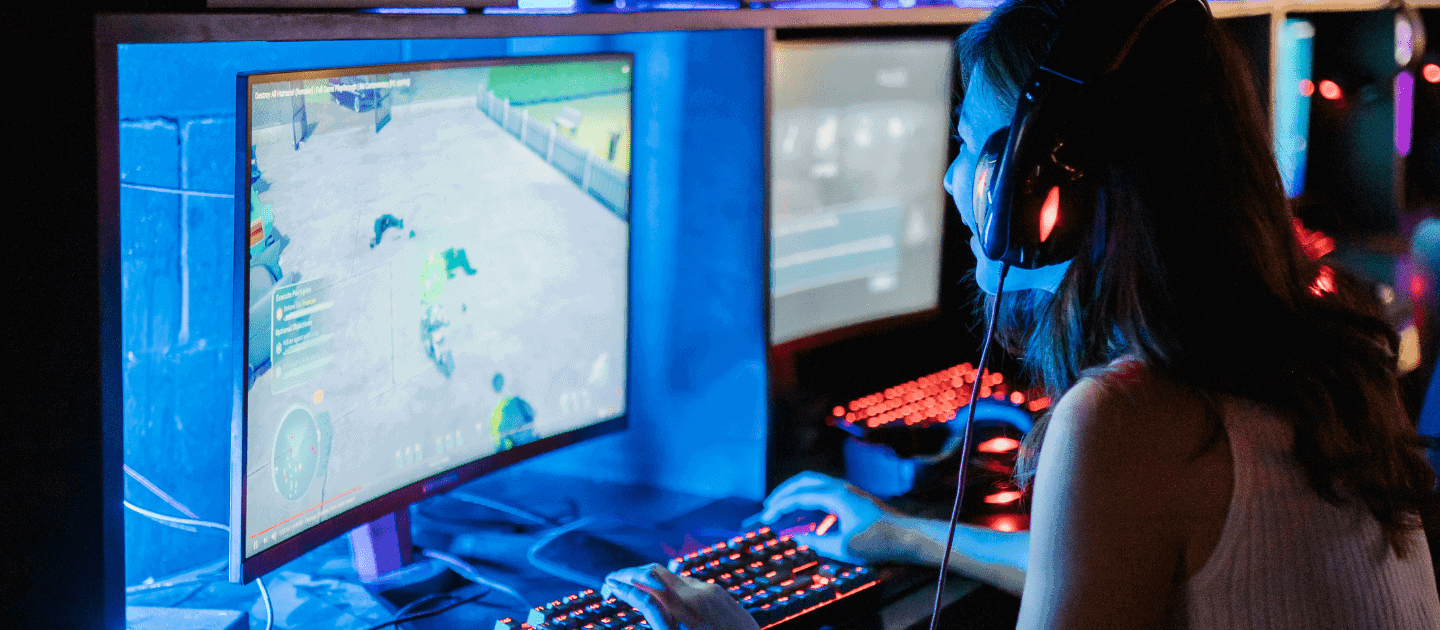
It is very easy to gamify or incorporate games (virtual or otherwise) into a lesson plan to improve learning and/or motivate learners to be engaged. How can we ensure that they not only improve learning but cause learning as well?
Implementing Asynchronous Instructional Materials for Students with Learning Disabilities

As we continue to navigate online learning as a response not only to education evolving but the worldwide pandemic as well, it is imperative that we scrutinize the different platforms we use to ensure that all our students are engaged, supported, and learning appropriate content.
Can We Improve Conversational Fluidity in Young Adults With Autism Spectrum Disorder?

Competency in social communication can be an indicator of how socially desirable one is when meeting new people. For people with autism spectrum disorder (ASD), their conversational fluidity can be predictive of friendships and subsequent social and emotional success in early adulthood.
